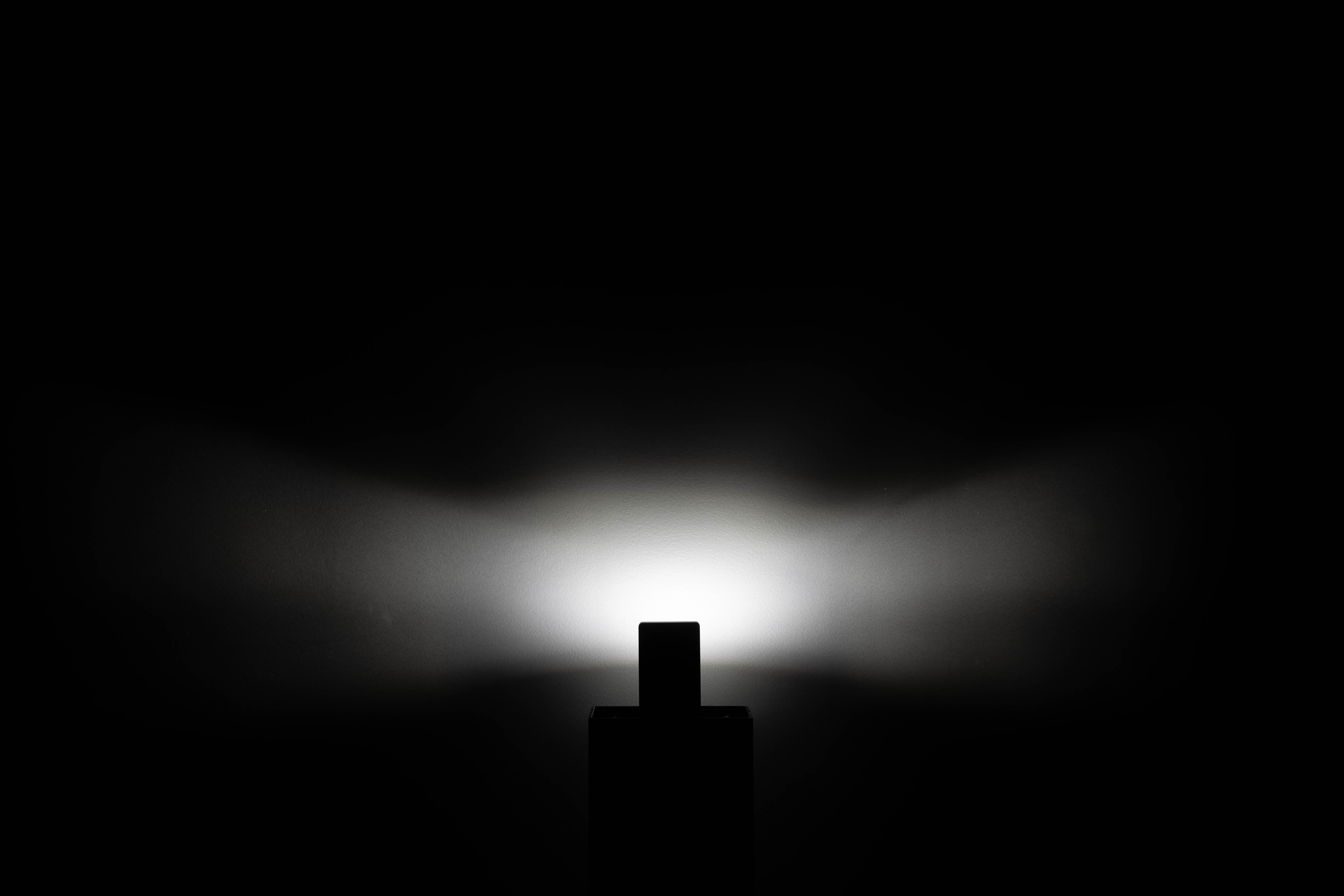

Selecting the right optics for the location, the function it is to perform, and the height at which it will be located is a difficult task.
At ROSA, we make it much easier.
- Home
- Knowledge zone
- Optics in LED luminaires


Selecting the right optics for the location, the function it is to perform, and the height at which it will be located is a difficult task.
At ROSA, we make it much easier.